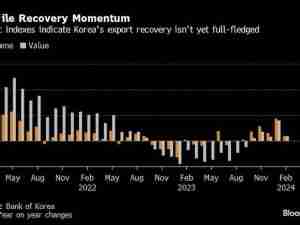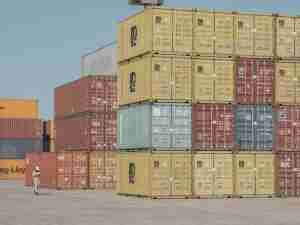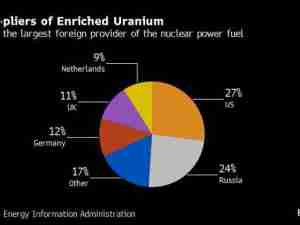(Editor's note: The following appeared in the mid-April edition of JPMorgan Chase Vastera's customer newsletter.)
By Bernie Hart, Global Product Executive
JPMorgan Chase Vastera
Every five years, the World Customs Organization updates the Harmonized Tariff System (HTS) nomenclature at the international (6-digit sub-heading) level. The HTS updates, effective January 1, 2007, are massive. The changes will likely revise your import cost structure, and will require significant administrative effort to implement. If that effort is not timely, it will result in cash flow difficulties and has the potential for increased import cost as well as disruptions to your supply chain.
Accurate HTS code assignment is critical as it determines how a product is taxed when shipped across borders. Manufacturers must start preparing now for these changes as key processes such as product classifications, special trade program qualifications and certificate of origin solicitations will be affected.
Many importers and exporters manufacture products that are comprised of thousands of parts. Will you be able to handle the significant administrative burden required to reclassify products, update your global classification database, and cope with all of the resulting changes to the various preferential trade programs in which you participate? Don't wait until the last minute. The time to do it is now.
The risks of waiting:
Large administrative effort: The HTS changes could render your entire database of product classifications obsolete. Many of the individual product classifications will change, and all will need to be reviewed.
Potential for supply chain interruptions: If product classifications are not reviewed prior to import, that analysis will need to be done at time of shipment. The volume of transactions, and the need for research on some items, will result in shipment delays and thus can impact your supply chain.
Revision to import cost structure: HTS classification is the basis for duty rates. The overall change is meant to be rate neutral, but there will be changes to individual item duty rates, and thus has the potential to impact the overall duty liability for an individual company. Analysis of the HTS changes and the potential for impact will at least allow time for budgeting, and more importantly, the time for any appropriate revisions to the sourcing strategy. In addition, more than 350 preferential trade programs rely on classification for eligibility determination, and in many cases require supplier certification. Waiting until the new classification structure is in place to qualify products for preferential treatment will result in deferred duty (cash) benefit, and may result in loss of that duty benefit.
The scope of changes
- Virtually all sections of the HTS (encompassing 83 of the 97 chapters and 240 headings) will have changes
- Many of the changes are intended to eliminate confusing language and will result in new sub-headings
- Other sub-headings will become more inclusive, thereby removing many product classifications from "basket" provisions
- Additions, changes, and deletions will also be made to Section and Chapter ' Notes resulting in even further product classification changes
- The national changes could involve either reduction or expansion of statistical breakouts
- Most preferential trade program's rules of origin are based on HTS classifications; as such, it is expected that significant changes to these unilateral, bi-lateral and multi-lateral agreements will be necessary
Impact to the trade
- Industrial and high-technology products (falling in chapters 84, 85, 87, and 90) will be heavily impacted
- While the intent is to make changes "substantially rate neutral", it is very possible that duty rates on products may change as they are re-classified under the new numbers
- There will be significa







